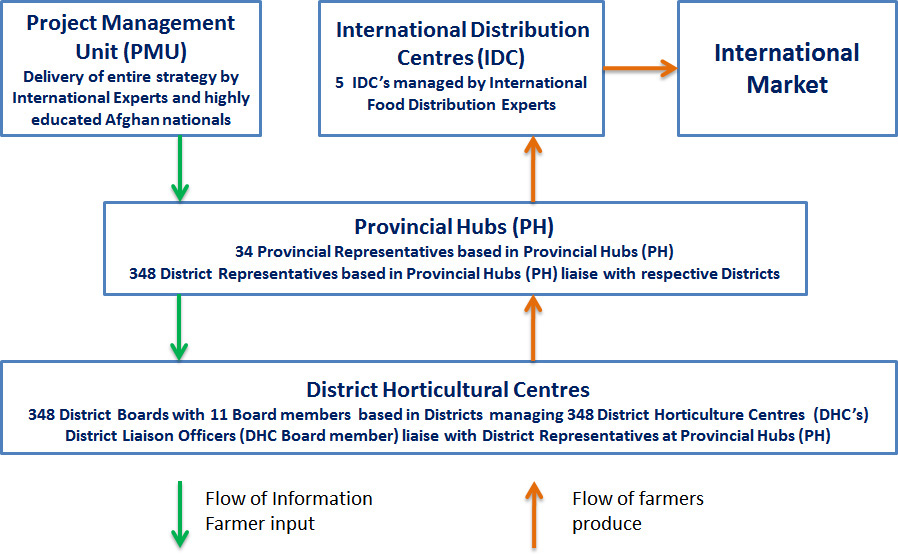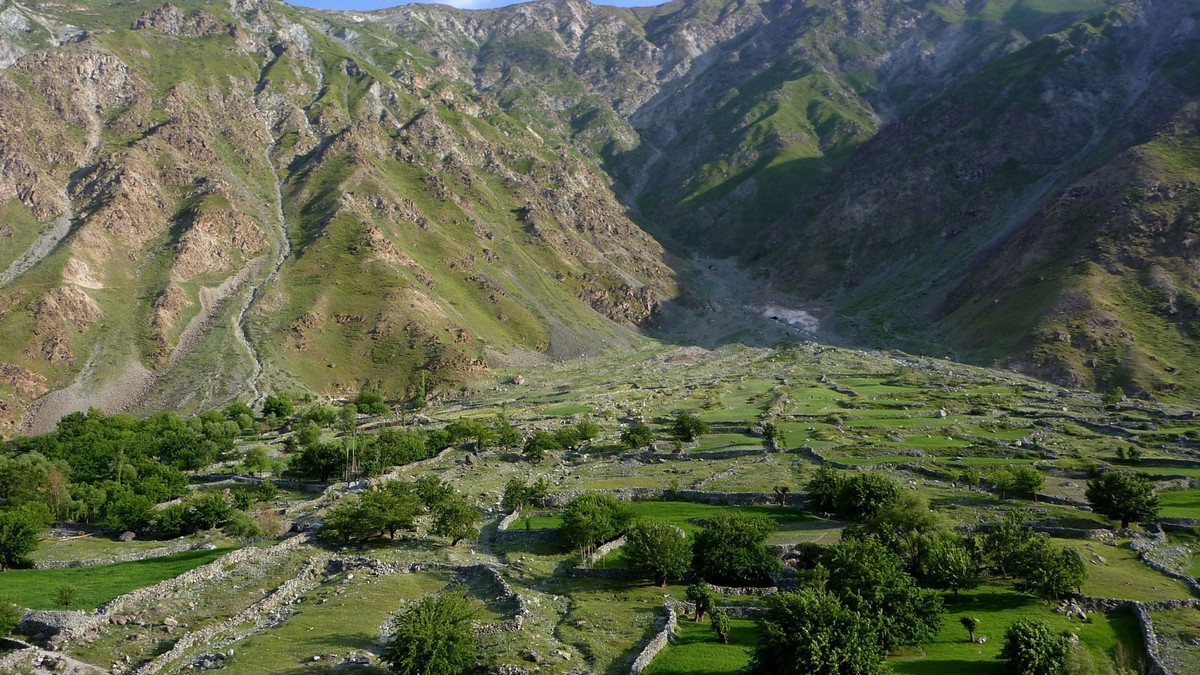

The community enterprise structure is a proven vehicle to facilitate sustainable development and engender local ownership of development interventions. For this reason, Plant for Peace will implement its strategy through establishing a nationwide District network of Horticultural Community Centres. The District Horticultural Community Centres (DC’s) will be managed by a DC Board and operated by local Afghans from within their relevant districts. Afghanistan is made up of approximately 348 districts and 34 provinces and every district will have a DC. The DC’s will be responsible for providing infrastructure, extension services, training facilities and programs, management and financial support, as well as essential farm inputs and planning capacity for their members along with sorting, grading and storage facilities of the farmers produce. The DC’s are the mechanism which creates the possibility for post-production value chain components such as upscale of Plant for Peace value added products, international supply of large scale commodity to major food companies, and establishing the Afghanistan Horticulture Futures Market, of which, these value chain components will support the sustainable transition of farmers' livelihoods from subsistence farming to professional and economically viable horticultural businesses.
The Plant for Peace implementation Team will deliver high quality technical assistance and support including developing human resources, logistics and infrastructure that will create huge change for the Afghan farming community.
During the initial three years of Plant for Peace up scaling, it will oversee the establishing of 348 DC’S, 34 Provincial Hubs and 5 International Distribution Centres. Once this organisational structure is fully functional every day management will then be placed into the hands of Afghan nationals over the following 4 year period, reaching sustainability after 8 years.
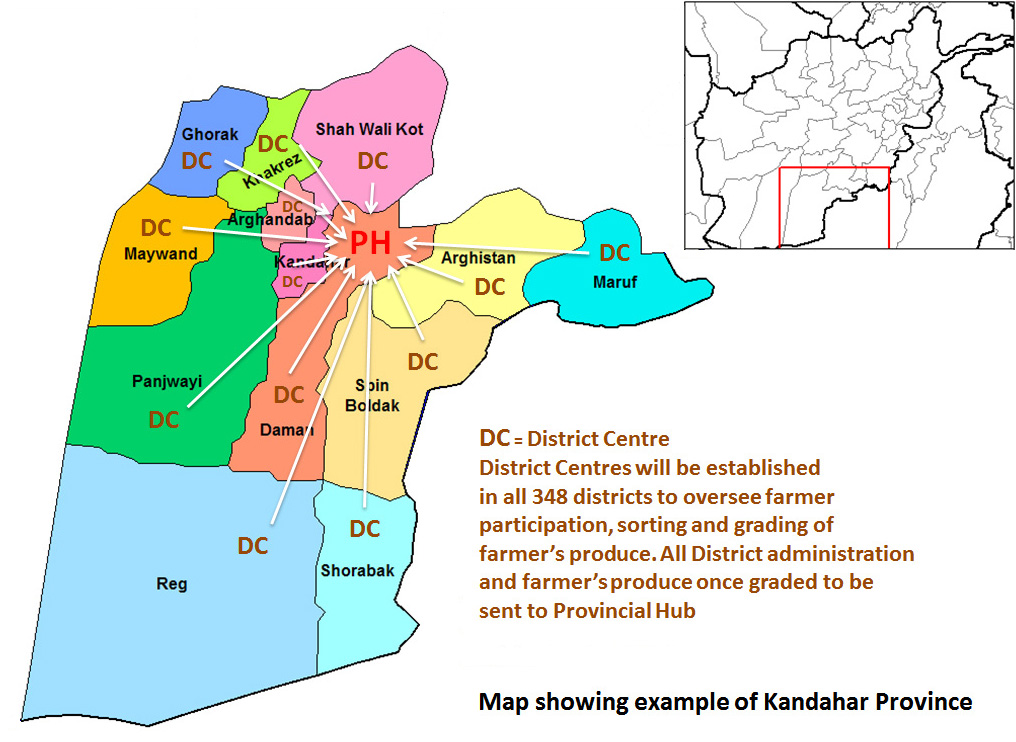
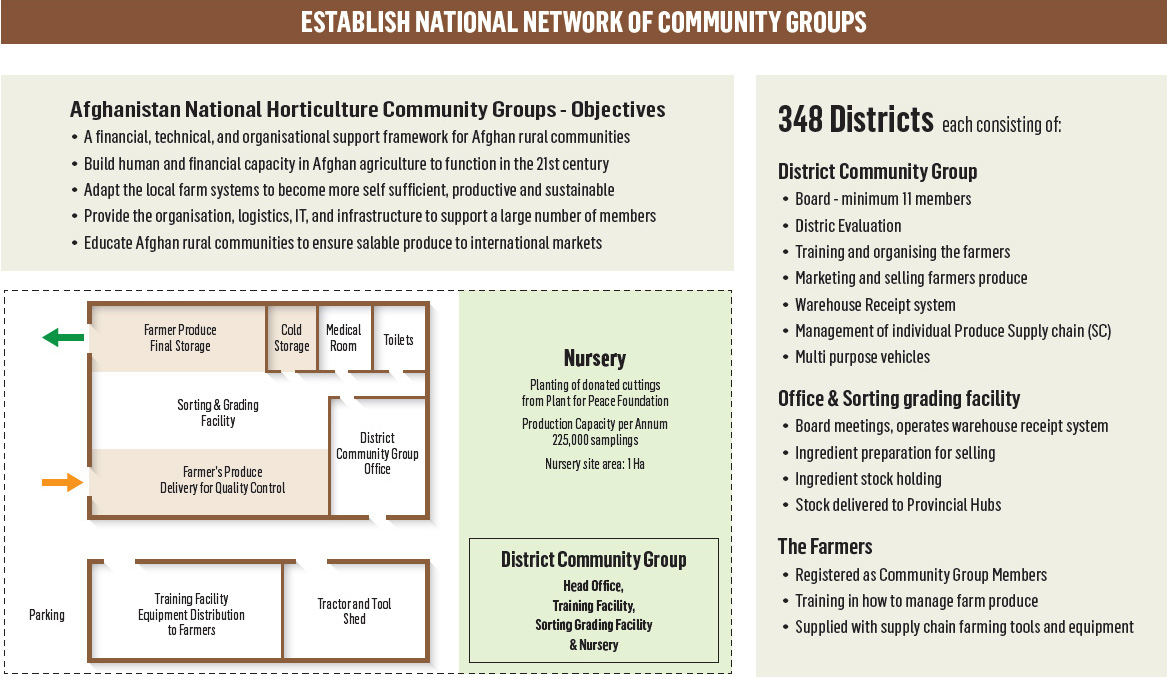
In all 34 Provinces across Afghanistan, Provincial Hubs will be responsible for oversight, administration, and data gathering activities of the DC’s within their respective Provinces. The Provincial Hubs will also receive the farmers produce from all their respective districts and act as buffers of the produce until it is ready to be sent to the International Distribution Centres. Communication programs implemented to the DC’s from the Provincial Hubs includes functions such as training in payment and accounting methods and traceability, as well as exchanging horticultural information. Each Provincial Hub will be responsible for the effective monitoring and evaluation of the DC’s and will liaise with the Project Management Unit in Kabul.
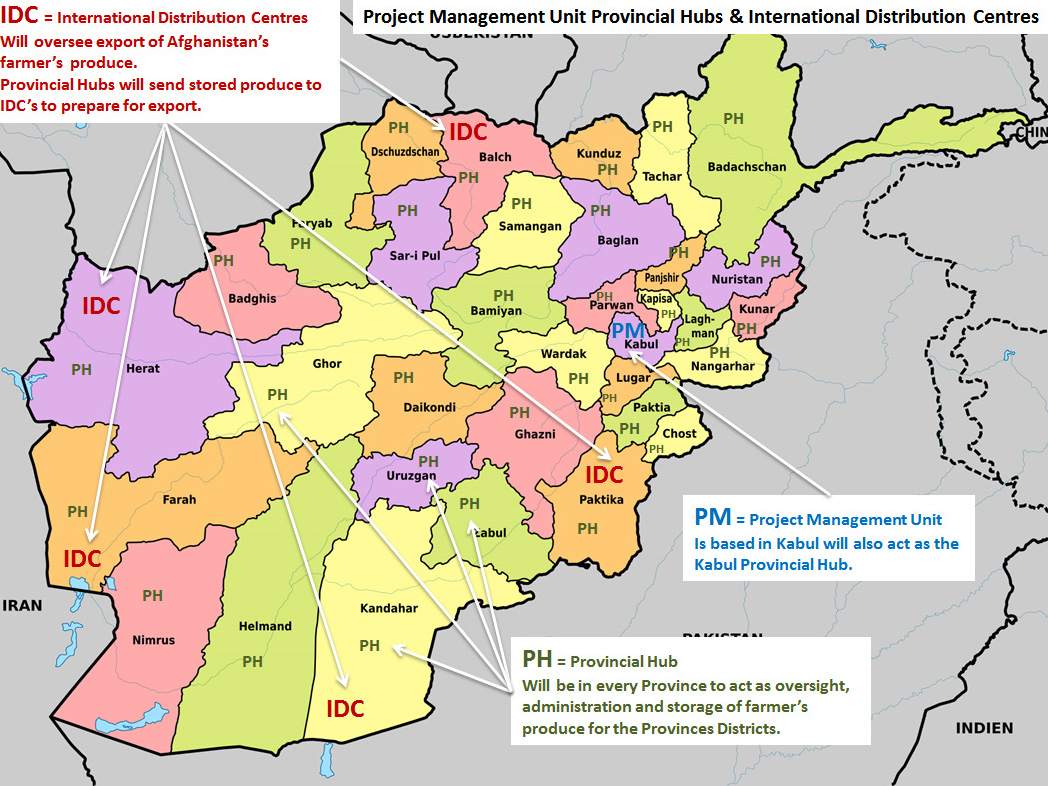
Plant for Peace will establish 5 International Distribution Centres that will prepare the farmer’s produce, received from the Provincial Hubs, in readiness for export. Plant for Peace will sell large scale commodity to major food companies and Plant for Peace branded value added products to major retailers and customers.
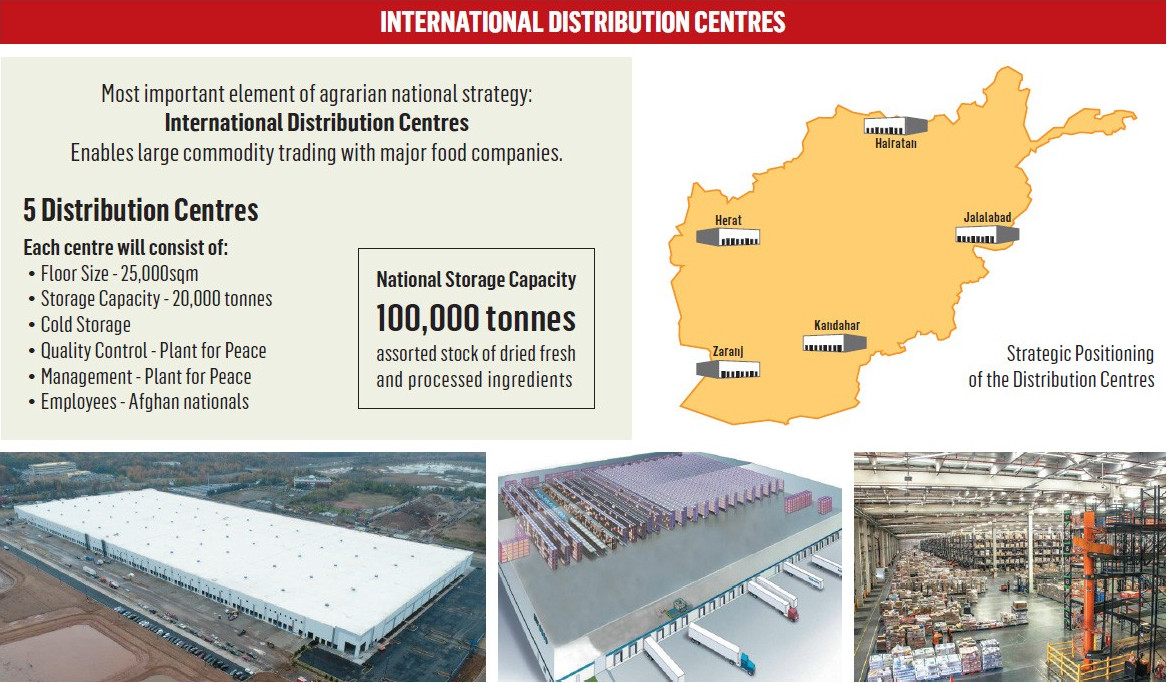
Based in Kabul, the PMU will be managed by the Plant for Peace Implementation Team and highly educated Afghan nationals. The PMU will liaise with the Provincial Hubs on all aspects of the Plant for Peace strategy to ensure a cohesive delivery of the strategy is adhered to throughout the districts.
Afghanistan has the potential to be the bread basket of Central Asia as currently only 3.5 million hectares are under cultivation out of a total of 8 million hectares of arable land
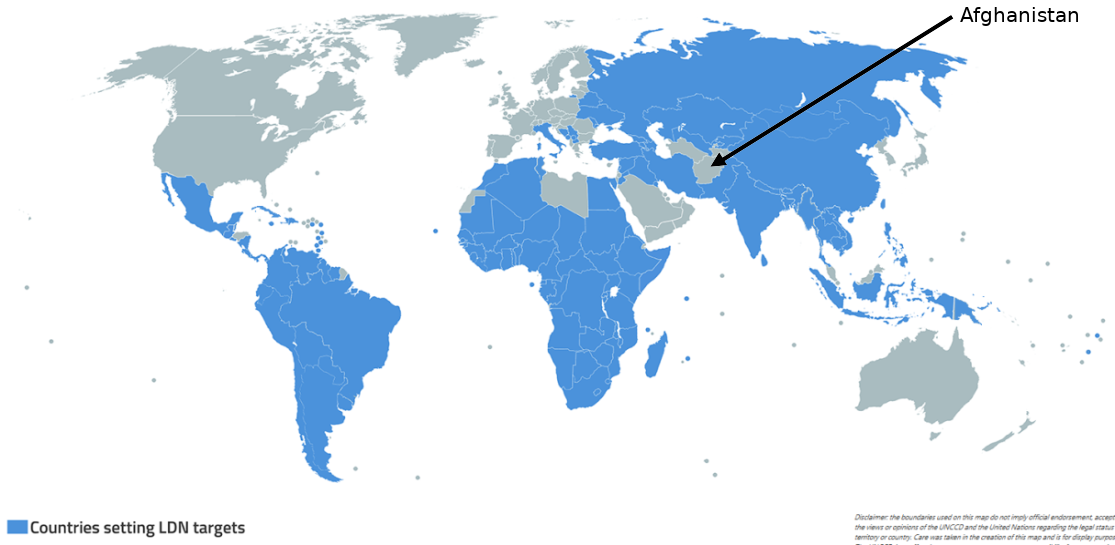
| 1. | Food security (30 million inh.) | 2,200,000 | |
| Buffer (18%) | 400,000 | ||
| 2. | Green manure, Fodder, Shade | 1500,000 | |
| Timber | 500,000 | ||
| 3. | High value crops | 1,000,000 | |
| Buffer (40%) | 400,000 | ||
| ----------- | |||
| Total (ha) | 6,000,000 |
Plant for Peace has developed a range of value added products and “for every single product sale plants a tree” in Afghanistan, that is given to the farmer when 1 year old. Below is an example of a Plant for Peace product and the value chain.
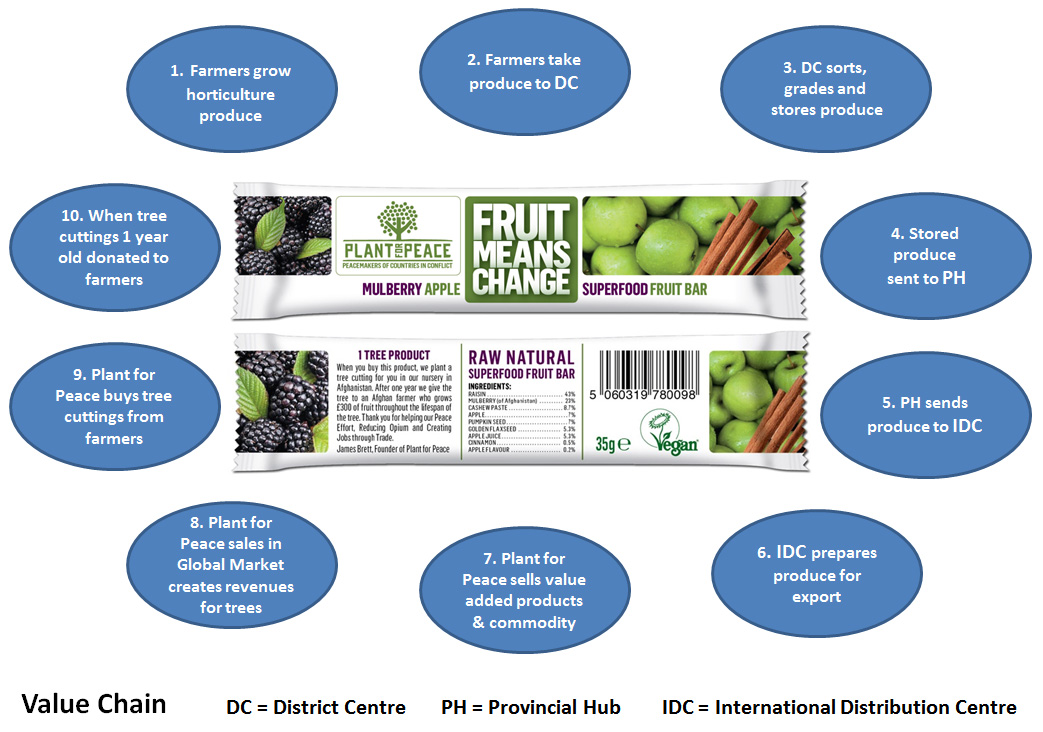
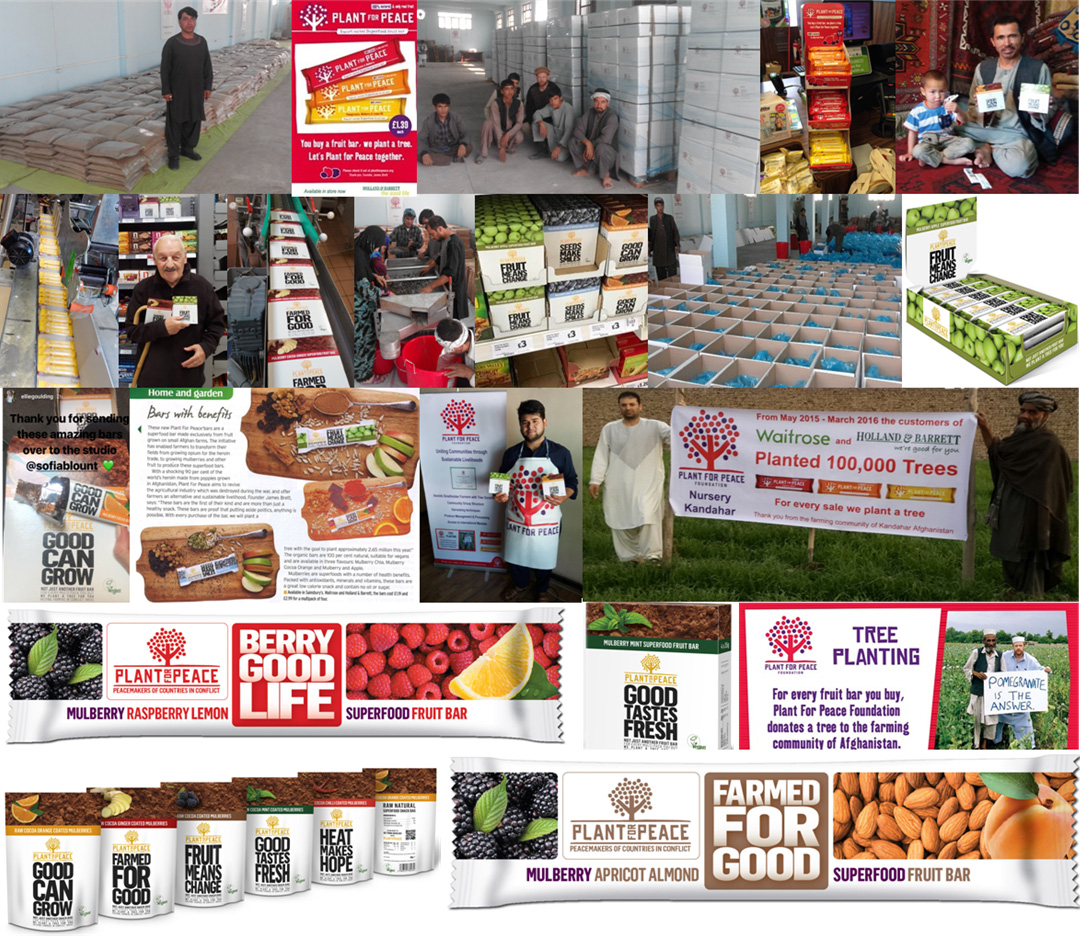
The Plant for Peace network in Afghanistan is second to none. Having this network is paramount to implementing a cohesive roll out and upscale of the Plant for Peace strategy. The Project Management Unit (PMU) in Kabul will administer all components of the strategy to the farming community of Afghanistan via the 34 Provincial Hubs. The Provincial Hubs will administer their respective districts through the District Horticulture Centres enabling large scale farmers produce to be exported via the 5 International Distribution Centres. This cohesive structure is a standard modern day supply chain / value chain management structure of the international food industry.
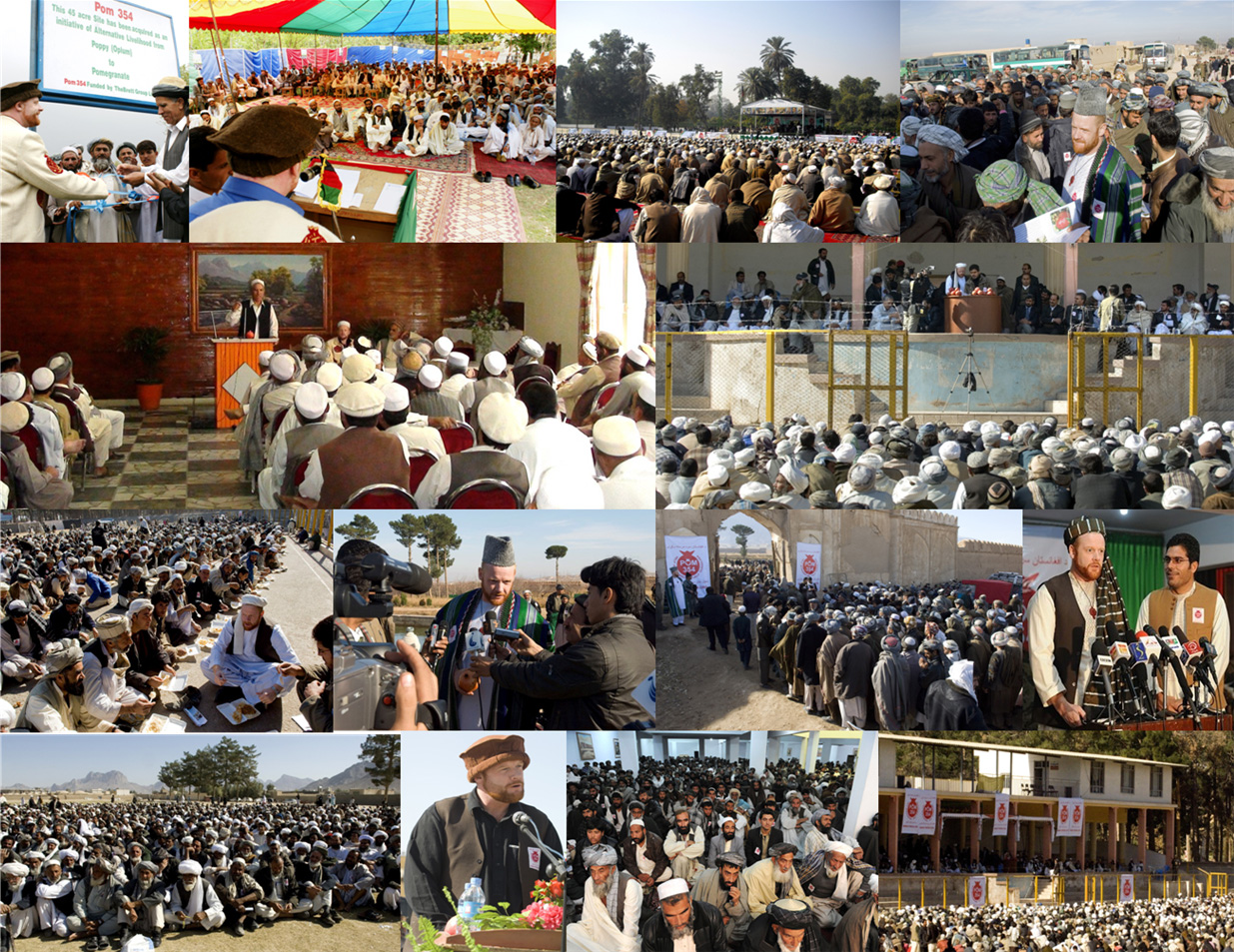
Over an initial 5 months, data gathering throughout the districts will confirm the number of farmer members of the Plant for Peace strategy, how many dependants they are responsible for, size of their land, is it owned or tenanted, which crops are grown, what yields are achieved, degraded arable land available, literacy rates, power and water sources and the reliability etc. This centralised database at the PMU will determine size and number of DHC’s required in each district, current crops and amounts available, number of farmer inputs required and will incorporate the supply chain software to manage farmer produce from the districts to the international market via the PH storage and IDC’s. Construction of the PH’s will be completed in 2.25 years, the DHC’s in 3 years and IDC’s in 5 years. Sustainability of the strategy is after 8 years.
